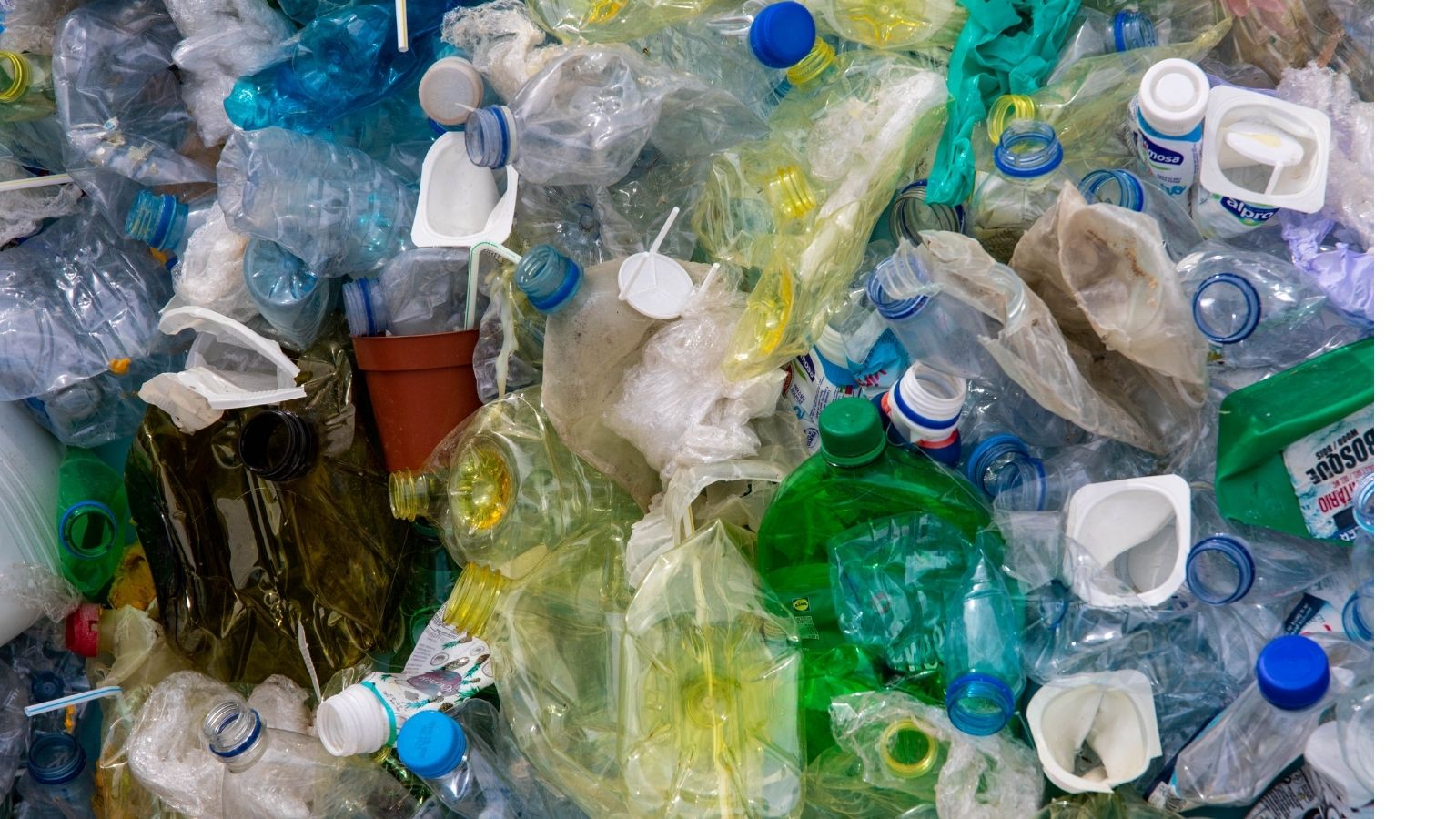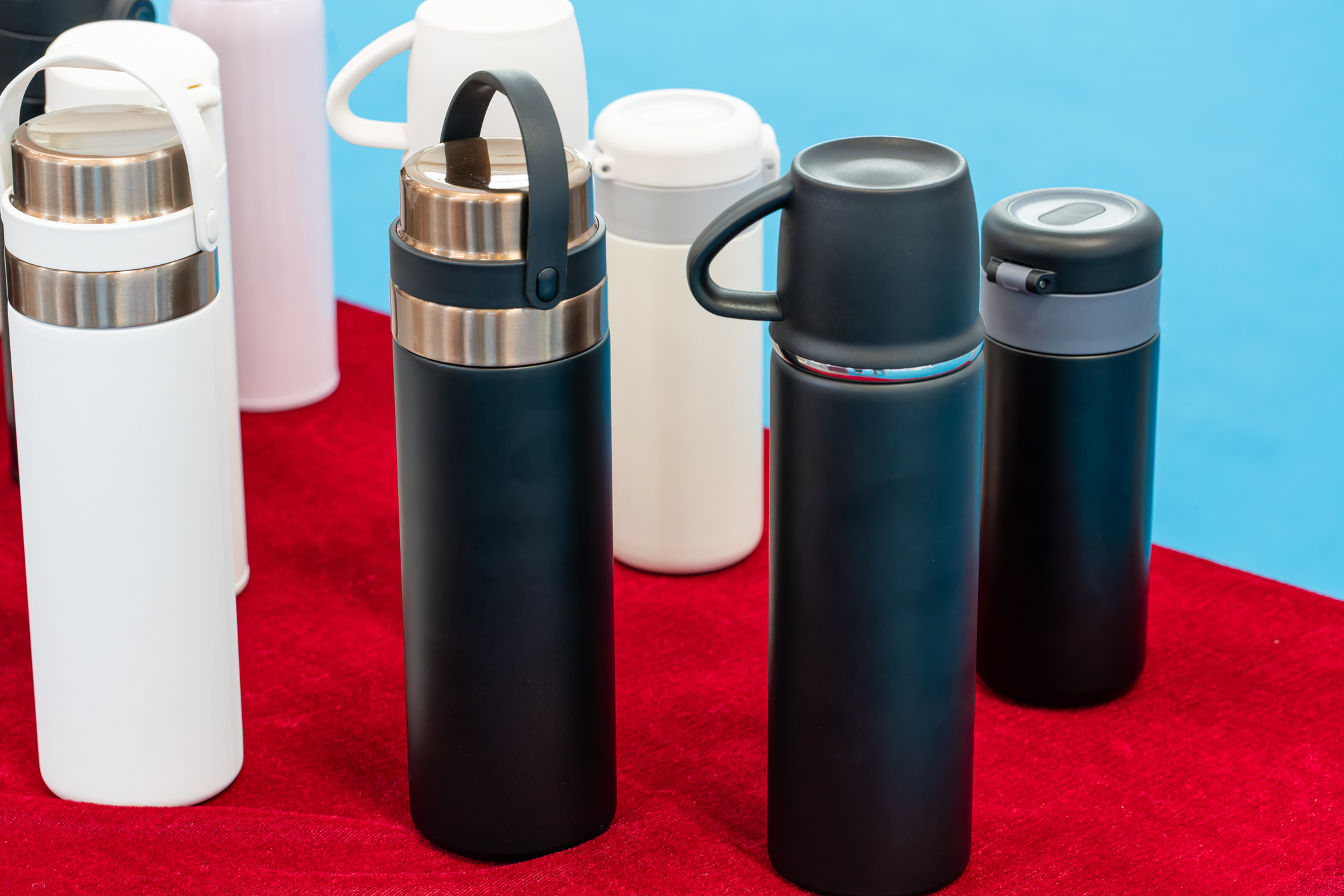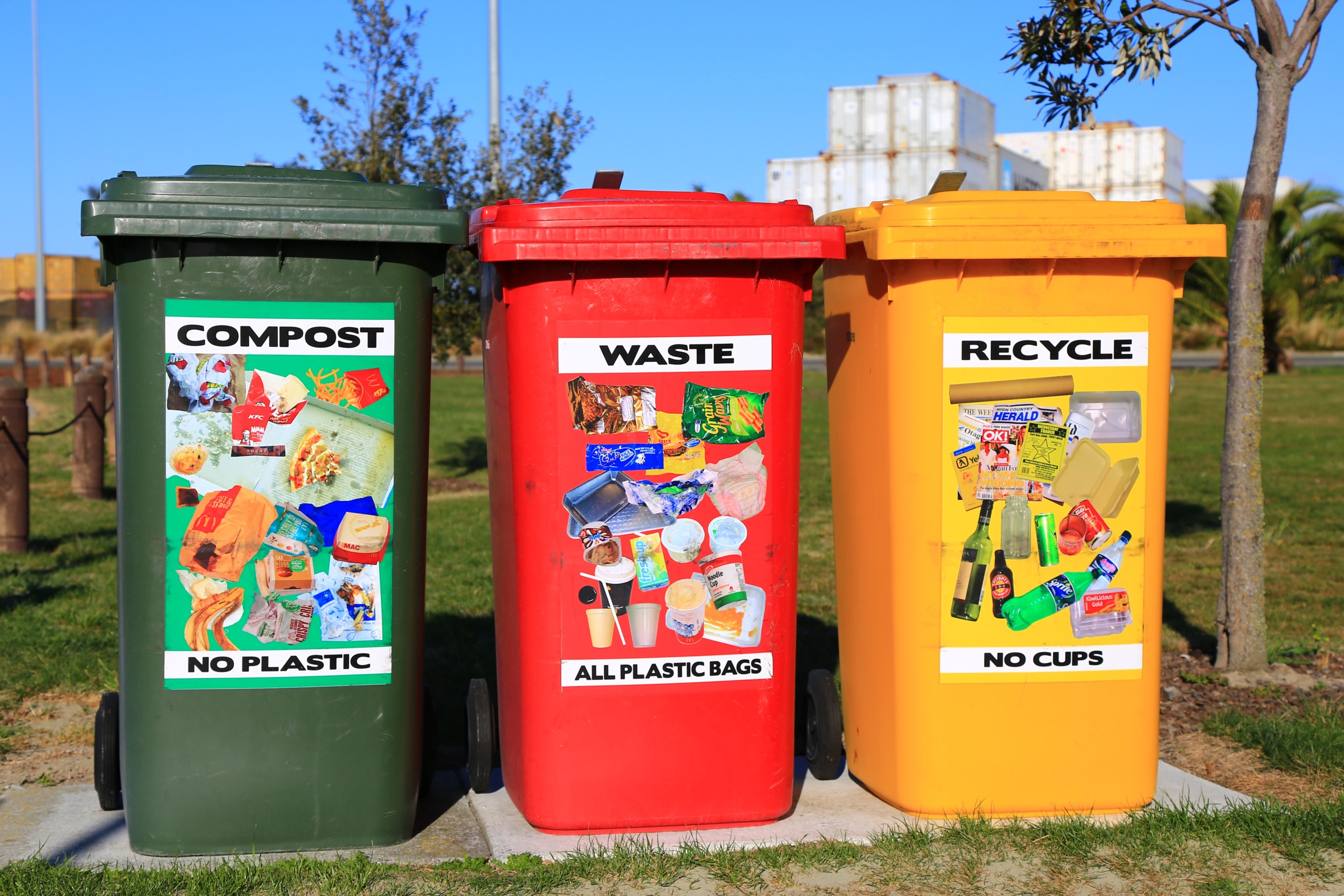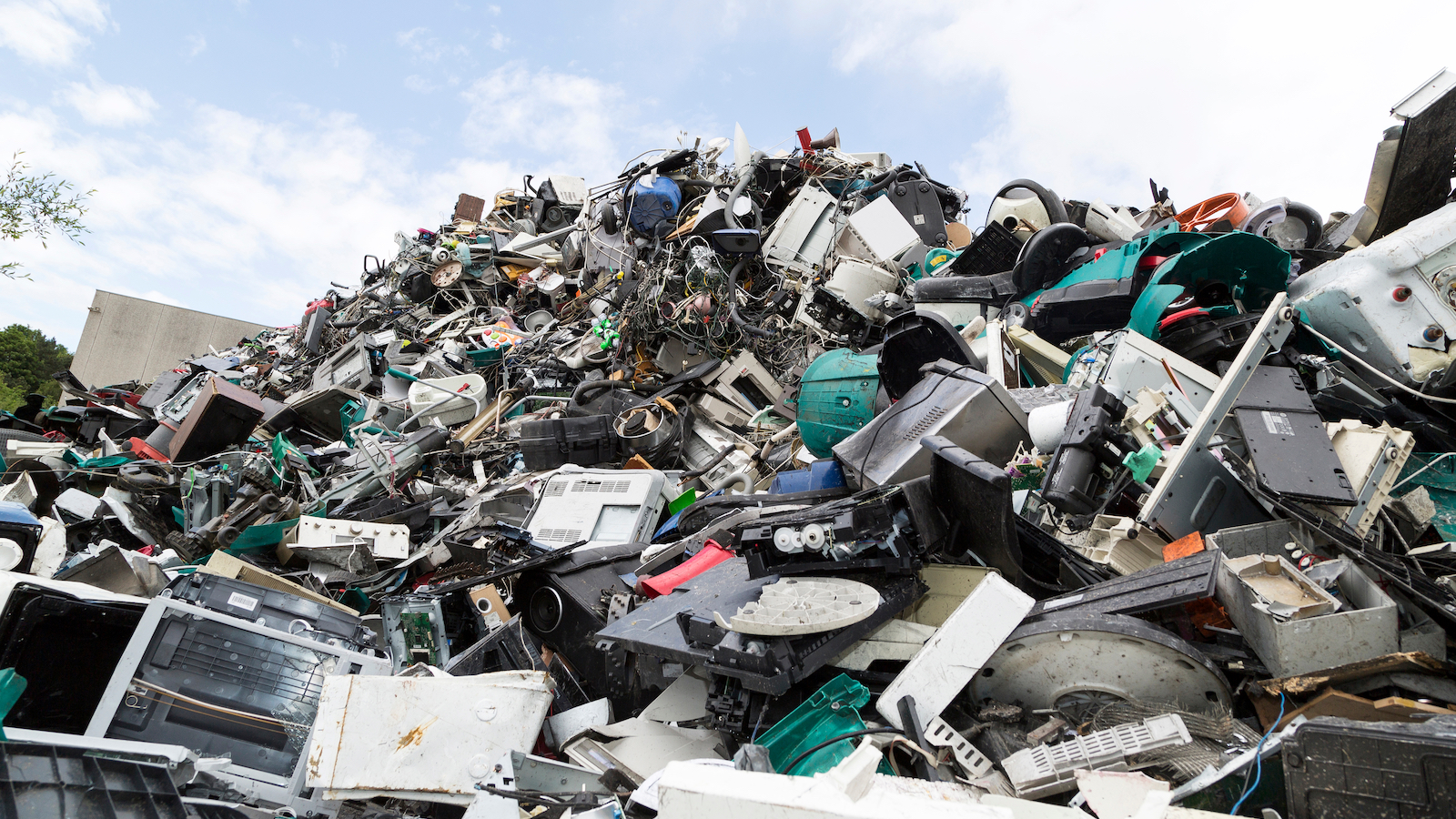Why we need to prioritize upstream waste reduction, not downstream recycling
Thoughts on the EPA’s National Recycling Strategy

From a young age, I considered myself an environmentalist. I’ve used a reusable water bottle since Girl Scouts and used to beg my mom to go to farmers markets for produce. I also made sure to educate myself about recycling. I loved that there was a way to rebuild products so that nothing had to be sent to landfills or incinerators.
My idealistic way of thinking also made me frustrated by people who did not recycle. Surely, I thought, if people could be convinced of the importance of recycling, they would do their part. Recently, the EPA drafted a National Recycling Strategy reinforcing the same idea, improving our recycling through participation and investment. While focusing on recycling alone may seem like a commonsense way to fix our waste problems, it isn’t. That’s why U.S. PIRG Education Fund has called for a better plan.
The EPA strategy is organized around three ideas: 1) reducing contamination in recycling 2) increasing processing efficiency, and 3) improving markets. Easier said than done, and here’s why:
A big reason recycling streams are widely contaminated is due to misinformation. The famous three chasing arrows symbol does not deem a product recyclable, nor is it verified by a recycler or agency. Often, a product’s recyclability depends on location, especially if it’s made of plastic. Over ninety percent of plastic products aren’t recyclable, but most consumers don’t know. The number inside the arrows is often more telling, as plastic types 3-7 are not accepted in most places.
Unfortunately, the EPA strategy does not take into account the intricacies of plastic materials. Granted, it makes sense to build better processes and develop better markets for recyclable materials like glass and metal. Plastic, on the other hand, despite billions of dollars in investments, is mostly mechanically downcycled. Turning a plastic bottle into a polyester thread, for example, loses material quality in the process and makes it more likely to end up as waste. Meanwhile, chemical plastic-to-fuel processes are not commercially viable and produce highly toxic byproducts.
Because so much of our waste is plastic, the only way to save recycling is to acknowledge the problem and reduce our reliance on it. Unfortunately, the EPA recycling strategy omits waste reduction, despite making the claim on its own website that “the most effective way to reduce waste is to not create it in the first place…reduction and reuse are the most effective ways you can save natural resources, protect the environment and save money.”
By focusing on upstream waste reduction instead of downstream recycling, we can alleviate the burden on programs supported by consumers and municipalities, and instead hold companies accountable for the wasteful, non-recyclable products they make.
The comment period for the EPA draft ends Dec. 4th (visit regulations.gov and search EPA-HQ-OLEM-2020-0462), but the opportunity to demand better of our leaders never ends. You can still take to social media and call on your representative and EPA administrator Wheeler to reduce plastic use, and together we can create the recycling programs we’ve always wanted.
Topics
Authors
Haley Clinton
Find Out More

Too much of a good thing? The environmental downside of the “Stanley cup” craze.

A look back at what our unique network accomplished in 2023

Are compostable and biodegradable plastics better for the environment than regular plastics?
